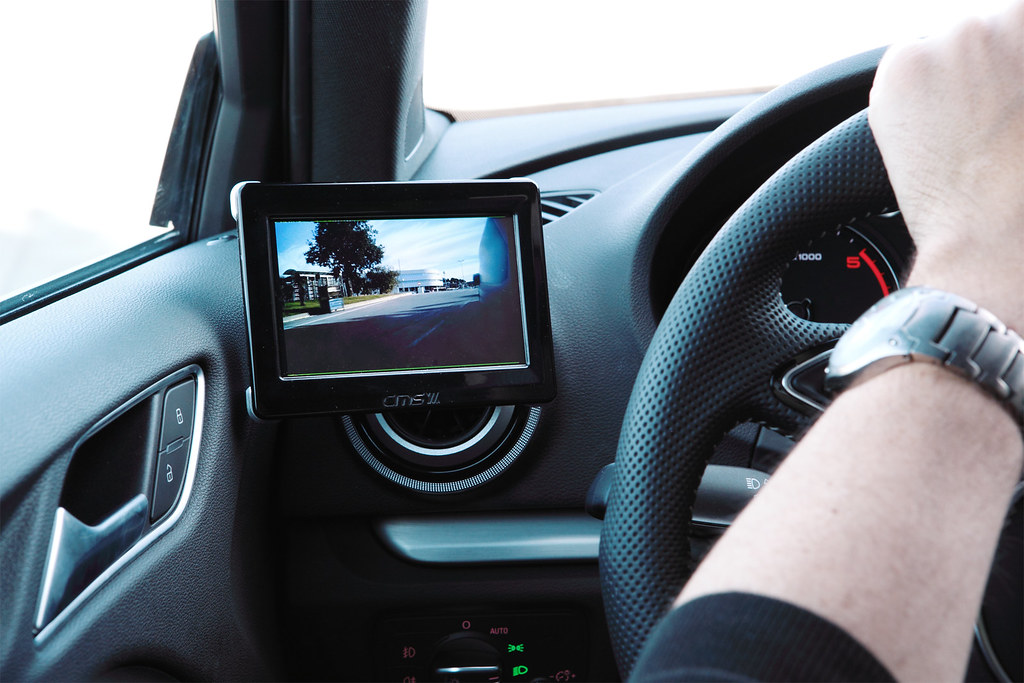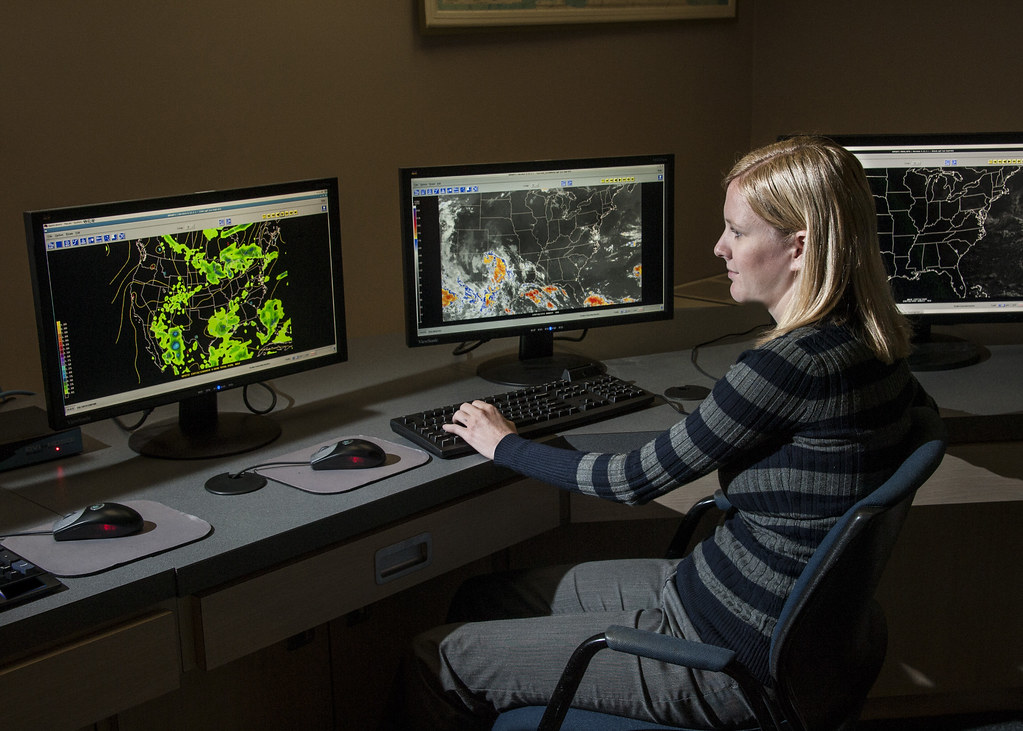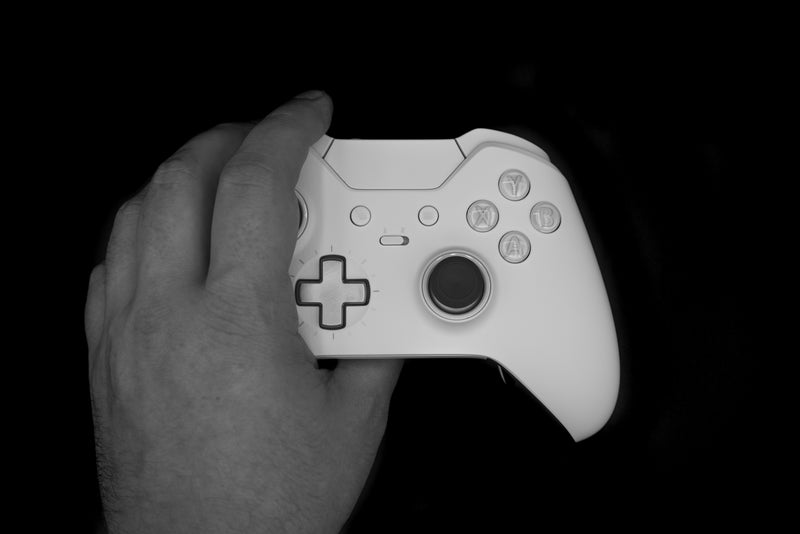Are you tired of filming a scene only to realize later that it turned out blurry or poorly lit? As a filmmaker, you understand the importance of having the right equipment to capture the perfect shot. One piece of gear that can make a huge difference is a camera monitor. With so many options on the market, it can be overwhelming to determine which one is best for your needs. In this blog post, we’ll compare some of the top camera monitors available and help you choose the one that will take your filmmaking game to the next level.
Introduction: Why a Camera Monitor is Essential for Filmmaking
Camera monitor is an essential tool for serious filmmaking. While modern cameras come with built-in screens, they are often small, lackluster and difficult to accurately assess focus, exposure or color accuracy. Moreover, monitoring footage on a camera screen can be uncomfortable and inconvenient especially in challenging shooting locations.
This is where a high-quality camera monitor comes into play. A dedicated monitor offers larger screen size, higher resolution and more advanced features that enable precise control over your shots making it possible to achieve more professional results while also reducing the risk of missed opportunities due to inaccurate judgment of what you’re capturing.
Not all monitors are created equal though. In this article we’ve reviewed some of the best models on the market so you can find the perfect solution for your needs and take your filmmaking game up a notch!
Top 5 Best Camera Monitors Compared and Reviewed
Top 5 Best Camera Monitors Compared and Reviewed**
A camera monitor is an indispensable tool for filmmakers who want to produce high-quality videos. With so many options available in the market, it can be overwhelming to choose which one suits your needs best. To help you decide, we have compared and reviewed the top five best camera monitors currently available.
First on our list is the Atomos Ninja V**** – a versatile 5-inch HDR monitor that offers a wide range of features such as recording capabilities up to 4k/60fps and advanced color calibration tools.
Next up is the SmallHD Focus OLED** – a compact yet powerful display with an OLED panel providing exceptional contrast ratio and deep blacks, making it perfect for outdoor shoots.
The third contender is the Blackmagic Design Video Assist 7″**** – another recorder-monitor combo that boasts a large HD screen with waveform monitoring, histogram display functions, SD card slot storage capacity, among others.
Fourth on our list is yet another Atomos product called the Shogun Inferno, which supports recording up to DCI 4K resolutions at speeds of up to 60 frames per second while featuring various useful features like built-in scopes.
Lastly, there’s the budget-friendly option from FeelWorld called FW279S, equipped with impressive specs including Full HD resolution support (1920×1200), image flip functionalities ideal for handheld shooting scenarios.
Key Features to Look for in a Camera Monitor
When choosing a camera monitor, there are several key features to consider. First and foremost, resolution is important. A higher resolution will provide a clearer and more detailed image, allowing you to better judge focus and exposure. Another important feature is brightness, as a bright monitor will allow you to see your image clearly even in bright sunlight. Color accuracy is also crucial, as it ensures that the colors you see on the monitor match what will be captured by the camera. Other features to consider include size, weight, connectivity options, and battery life. Some monitors also offer additional features such as focus peaking, zebra stripes, and false color which can be helpful for monitoring exposure and focus. Ultimately, the best camera monitor for you will depend on your specific needs and budget.
Which Type of Camera Monitor is Best Suited for Your Filmmaking Needs?
Different types of camera monitors cater to different filmmaking needs. Before diving into purchasing a camera monitor, it’s essential to understand what features you’re looking for and which type of monitor is best suited for your workflow.
On-camera monitors are ideal for run-and-gun style filming where portability takes precedence over screen size. They offer a compact yet practical solution that works well in tight spaces or when shooting on location.
Field monitors, on the other hand, are larger and more versatile with additional focus and exposure tools. They work great as an external reference display during outdoor shoots or team collaborations.
Production monitors have the most significant screens sizes as they are designed primarily for studio use; hence their high price points make them suitable mainly for professional videographers working at film studios and production houses.
Consider your own unique requirements before selecting any one kind of monitor to ensure that the equipment you invest in will effectively meet those needs throughout your filming process.
How to Choose the Right Resolution and Size for Your Camera Monitor
Resolution and size are two key factors to consider when choosing a camera monitor. The higher the resolution, the clearer your image will be. However, a higher resolution also means a larger file size which can take up more storage space. Size is also important as you want to ensure that your monitor is large enough for you to see details clearly without being too heavy or bulky to carry around on shoots. Consider where you’ll be shooting most often – if it’s in tight spaces, then a smaller monitor might be more practical while large outdoor locations may require something bigger for visibility purposes. It’s all about finding the right balance between functionality and portability so that you can take your filmmaking game to the next level with ease and comfort!
Pros and Cons of Investing in a High-End vs Budget-Friendly Camera Monitor
High-End Camera Monitors: Pros and Cons
Investing in a high-end camera monitor can be a game-changer for professional filmmakers. These monitors offer unmatched image quality and color accuracy, making it easier to capture the perfect shot. They also come with advanced features such as waveform monitors, focus peaking, and 3D LUTs, which can save time during post-production.
However, high-end camera monitors come with a hefty price tag. They may not be the best option for beginners or those on a tight budget. Additionally, they can be bulky and heavy, making them less portable than budget-friendly options. It’s important to weigh the pros and cons before investing in a high-end camera monitor to ensure it aligns with your filmmaking needs and budget.
Budget-Friendly Camera Monitors: Advantages and Disadvantages
While it may be tempting to go for a budget-friendly camera monitor, there are both advantages and disadvantages to consider before making your purchase. One of the main benefits is obviously the lower price point, which can be appealing if you’re just starting out or working with limited funds. However, budget monitors may not have as many advanced features as higher-end models, such as HDR support or waveform monitoring. Additionally, they may also be less durable and have poorer color accuracy compared to their more expensive counterparts. Ultimately, it’s important to weigh these factors against your specific needs and budget when deciding on a camera monitor that will best serve your filmmaking goals.
Which Type of Camera Monitor is Right for Your Filmmaking Needs?
When it comes to choosing the right camera monitor for your filmmaking needs, there are two main types to consider: high-end and budget-friendly. High-end monitors offer top-of-the-line features such as 4K resolution, wide color gamut, and advanced focus tools. They also tend to be more durable and reliable in the long run. However, they come with a hefty price tag that may not be feasible for all filmmakers. On the other hand, budget-friendly monitors are more affordable and can still provide decent image quality and basic monitoring tools. However, they may lack some of the advanced features found in high-end monitors. Ultimately, it’s important to weigh your budget and specific filming needs when deciding which type of camera monitor to invest in.
Balancing Cost and Quality When Choosing a Camera Monitor
When choosing a camera monitor, it’s important to strike a balance between cost and quality. Investing in a high-end camera monitor may provide more advanced features and better image quality. However, this comes at a higher price point that might not be feasible for every filmmaker. On the other hand, budget-friendly options might lack some of the advanced features or build quality of their pricier counterparts. It’s important to weigh your specific filmmaking needs against the investment you’re willing to make when deciding which option is best for you. Keep in mind that investing in an adequate monitor can greatly improve your work and ultimately pay off in the long run.
Tips on Properly Calibrating and Maintaining your Camera Monitor
Understanding the Importance of Proper Calibration for Camera Monitors
camera monitor and proper calibration are two phrases that go hand in hand when it comes to filmmaking. A camera monitor is only as good as its calibration, which is why it’s crucial to take the time to properly set up your device before use.
Proper calibration ensures that colors, brightness, and contrast are accurate on your camera monitor. This translates into more precise control over exposure and color grading during post-production. However, keep in mind that frequent recalibration may be necessary due to variables such as lighting changes or wear and tear on equipment.
In short, proper calibration can make all the difference when it comes to achieving professional-grade footage with your camera monitor.
Tips for Maintaining Your Camera Monitor in Top Condition
Regular maintenance is key to ensure your camera monitor stays in top shape. Always keep the screen clean and free from dust, fingerprints, or smudges using a microfiber cloth. Avoid spraying cleaning solutions directly onto the screen, instead dampen the cloth with water or a specialized solution designed for electronic screens.
Additionally, it’s important to regularly calibrate color accuracy on your camera monitor. This can be done manually using calibration tools or automatically with some models that have built-in software. Keeping your camera monitor properly calibrated will help ensure accurate color representation on your footage and save time during post-production editing.
By following these tips for maintaining and calibrating your camera monitor, you’ll maximize its longevity while also improving overall production quality.
Comparing Different Calibration Tools and Techniques for Camera Monitors
When it comes to calibrating your camera monitor, there are several tools and techniques available. One popular tool is a colorimeter, which measures the color accuracy of your monitor and adjusts it accordingly. Another technique is using test patterns to ensure proper brightness and contrast levels. It’s also important to regularly clean your monitor to prevent dust and debris from affecting its performance. Proper calibration is crucial for achieving accurate colors and exposure in your footage, so make sure to invest in the right tools and techniques for your camera monitor.
Common Mistakes to Avoid When Calibrating Your Camera Monitor
When calibrating your camera monitor, there are a few common mistakes that you should avoid to ensure accurate and consistent color representation. First, make sure to calibrate your monitor in the same lighting conditions that you will be using it in. This will prevent any discrepancies between the calibrated colors and the actual colors captured by your camera. Second, avoid over-saturating or over-brightening your monitor during calibration, as this can lead to inaccurate color representation in your final footage. By following these tips and regularly maintaining your camera monitor, you can ensure that your filmmaking projects have the best possible visual quality.
Conclusion: Elevate Your Filmmaking Skills with the Right Camera Monitoring System
Investing in a high-quality camera monitor is an essential step towards improving your filmmaking skills. With the right monitoring system, you can achieve accurate color representation, better focus, and exposure control. However, choosing the right camera monitor can be overwhelming. It’s important to consider your specific needs and budget before making a purchase.
Remember to look for key features such as resolution, size, and connectivity options that will enhance your workflow and help you achieve your creative vision. While high-end monitors offer advanced features and superior image quality, budget-friendly options can still provide reliable performance for those on a tight budget.
Once you’ve made your purchase, it’s important to properly calibrate and maintain your monitor to ensure optimal performance. Regularly check for dead pixels or other issues that may affect image quality.
In conclusion, investing in a camera monitor is a worthwhile investment for any filmmaker looking to improve their craft. With the right system in place, you can elevate your skills and take your filmmaking to the next level.
In conclusion, a camera monitor is an essential tool for any filmmaker looking to take their craft to the next level. With the right monitor, you can achieve greater accuracy in your shots, improve your framing and composition, and ultimately produce higher quality content. By considering the key features we’ve discussed and selecting a monitor that suits your specific needs and budget, you can elevate your filmmaking skills and create truly stunning work. Don’t forget to properly calibrate and maintain your monitor for optimal performance. We hope this article has been helpful in guiding you towards the best camera monitor for your needs. For more informative content on technology and filmmaking, be sure to check out our other articles!
Questions
Who makes the best camera monitor for professional videographers?
SmallHD is a popular choice for its high-quality displays and advanced features.
What should I look for when choosing the best camera monitor?
Resolution, screen size, brightness, color accuracy, and compatibility with your camera are important factors to consider.
How can a camera monitor improve my video production?
A camera monitor allows you to accurately monitor exposure, focus, and color, resulting in better quality footage.
What if I can’t afford an expensive camera monitor?
There are affordable options available from brands like Feelworld and Neewer that offer decent features for their price.
How do I properly calibrate my camera monitor?
Use a calibration device like a Spyder or X-Rite to ensure accurate color representation on your monitor.
But isn’t a camera monitor just an unnecessary accessory?
While it’s possible to shoot without a monitor, a dedicated camera monitor greatly improves your ability to capture high-quality footage.




